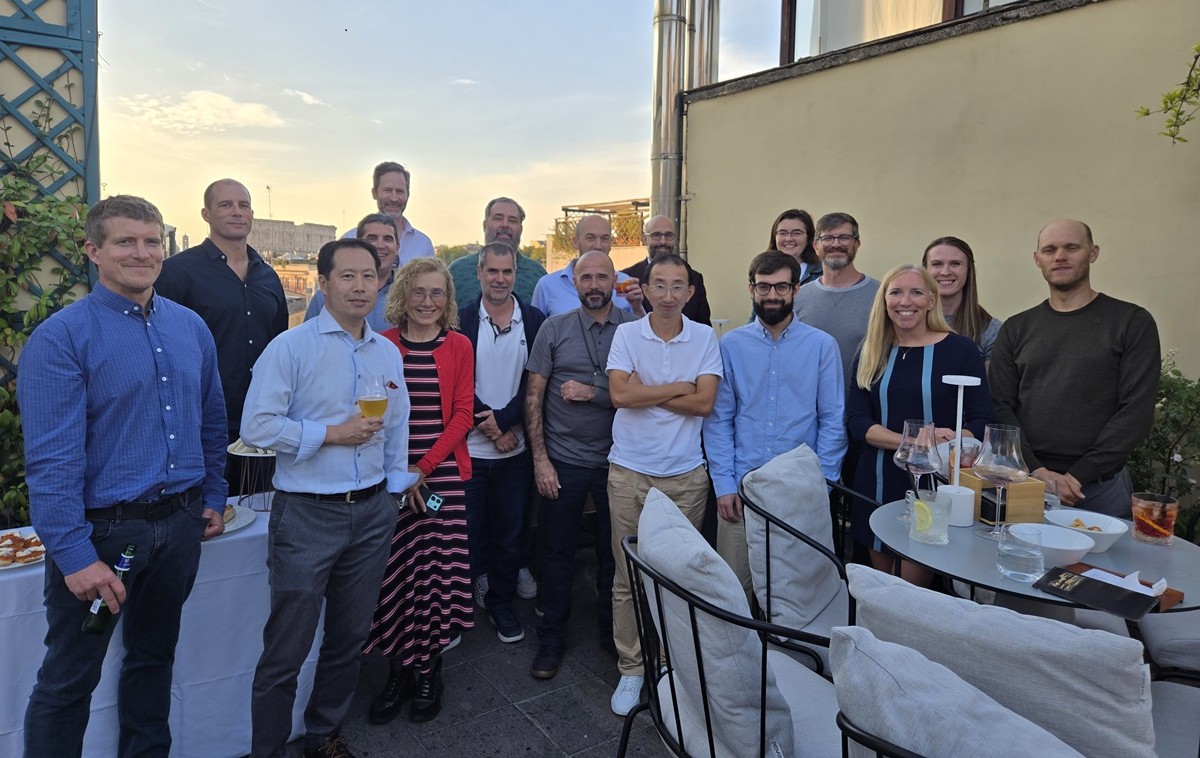Find answers to the most common questions about harvest strategies, webinars, and more!
Our new blog post covers the ups and downs of this year's just-wrapped ICCAT annual meeting - from a new management procedure for W Atlantic skipjack to a higher-than-advised TAC for Atlantic bluefin tuna in the west. Read more here:
https://tinyurl.com/4rv4yusu
The GFCM has adopted 2025’s first international #harveststrategy, choosing a precautionary, science-based rule for blackspot seabream in the Alboran Sea. With the stock at only ~5% of unfished levels, this is a key step toward recovery and sustainability:
Upcoming trilateral (EU-NO-UK) talks are crucial for North Sea herring. Managers can adopt a new #MSE-tested long-term management strategy that considers herring’s ecosystem role and supports stable, sustainable catches for 2026 and beyond. Read more:

November 10, 2025
HarvestStrategies.org serves as a resource for fisheries scientists, managers, and other stakeholders, compiling information about how harvest strategies work and how implementing this pioneering management approach can lead to sustainable, profitable fisheries and successful recovery programs for many species around the world. The site is managed by The Ocean Foundation’s International Fisheries Conservation Project with support from The Pew Charitable Trusts and the Common Oceans Tuna Fisheries Project, which is funded by GEF and implemented by FAO.
| Status | Description |
|---|---|
| This item has been adopted | |
| This item is in development | |
| This item is behind / stalled | |
| This item has not been started yet |